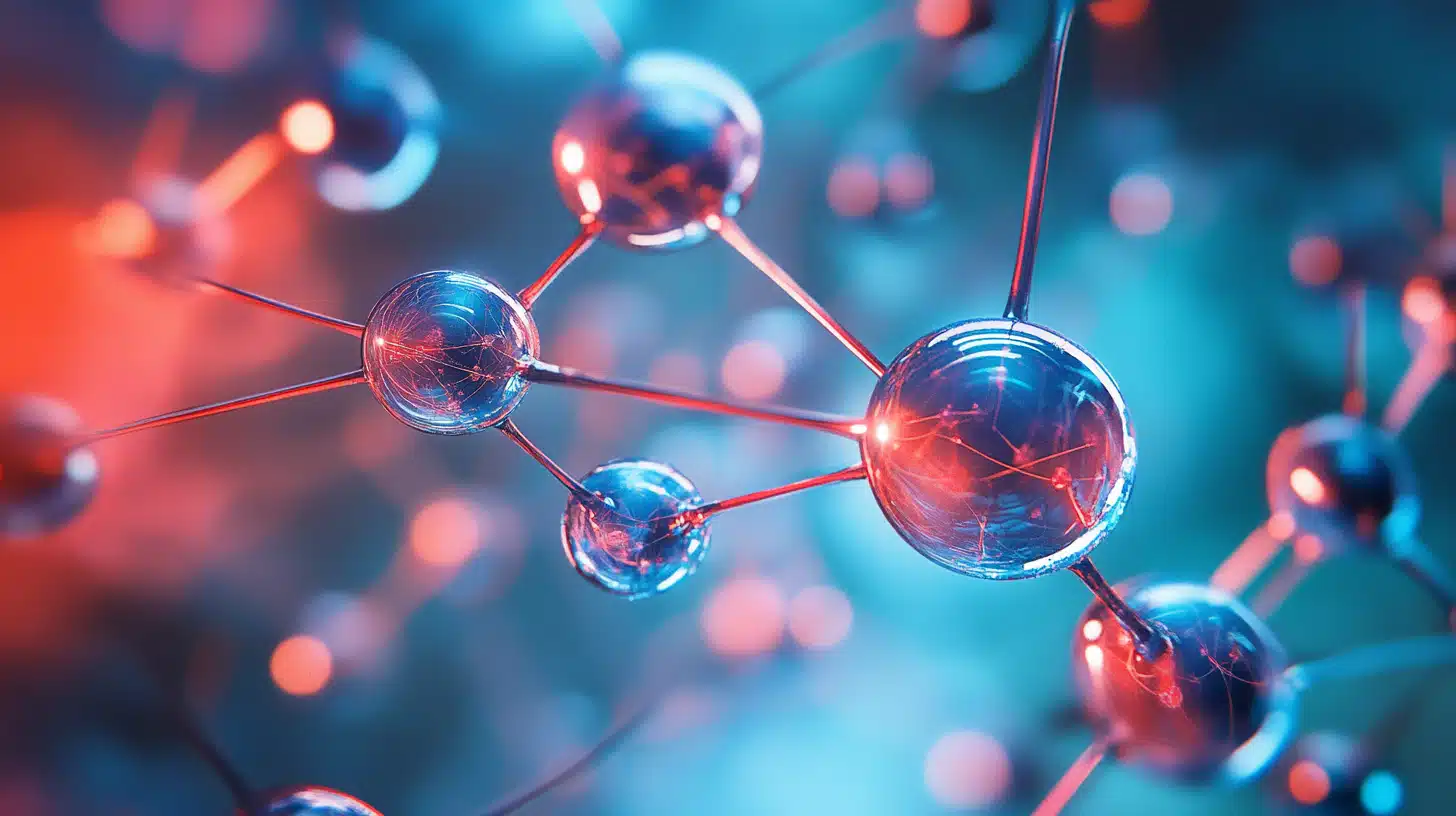Technology is fragile and must be used properly, or the potential risks remain high. A good example can be explored from the Internet. While it is a great idea to have the Vulkan casino online site where betting enthusiasts can easily access thousands of gaming options, it can pose a huge threat if not careful enough.
This stems from privacy issues, cyber threats, and many other possibilities. So, it is vital to be aware of these challenges and risks for a more careful use and approach of advanced technologies.
In the fascinating realm of nanotechnology, scientists and engineers manipulate materials and devices at the atomic and molecular scale. Indeed! This approach offers exciting possibilities and an outstretched ground for innovations.
However, as we dig deeper into the nanoscale world, we must consider the ethical implications and possible consequences of our actions. This is because it is possible to become carried away with exploration and discovery that the line between innovation and protection becomes blurred.
Keep scrolling for more!
Exploring Potential Risks, Challenges, and Ethical Considerations

Nanotechnology entails manipulating materials at the nanoscale (usually 1 to 200 nanometers). It has and continues to revolutionize different industries, from medicine to automotive and energy production. While there are many benefits accredited to its use, it has some downsides, too.
These cons raise major ethical and safety concerns about nanomaterials and their potential impact on environmental and human health.
Health Issues
Compared to their bulk counterparts, nanomaterials possess a different toxicological profile. When nanoparticles accumulate over time in living organisms like humans, it leads to long-term health impacts that are not entirely understood.
Their small size allows them to infiltrate biological membranes and lead to unforeseen health issues like cellular damage, cancer, or respiratory issues. It is important to note that nanoparticles can enter the body through various means. They include skin absorption, inhalation, and ingestion.
This poses a risk for workers in nanomaterial manufacturing companies and consumers using nanotechnology-related products. Companies and researchers must always deem it fit to prioritize safety measures. They should also provide enough information and conduct detailed risk assessments, all to protect human health.
Environmental Risks
The application and development of this technology majorly impact the environment. This can lead to potential harm to soil health, aquatic life, and biodiversity. Nanoparticles can enter ecosystems in various ways like;
- Wastewater;
- Atmospheric emissions;
- Waste disposal, etc.
All of these can lead to intentional or accidental contamination and cause great consequences.
Some argue that nanomaterials may be resistant to degradation. However, this is not generally acknowledged because the behavior of nanoparticles in the environment and their interactions with other pollutants and natural materials are still being studied.
Therefore, ethical considerations call for the responsible disposal, monitoring, and regulation of nanomaterials to significantly reduce environmental harm.
Ethical and Moral Considerations
The global use of nanotechnology in consumer products raises important questions of whether consumers are educated about the potential risks. Informed consent stems from transparency and labeling, which are equally crucial for conscious consumer choice.
For instance, while it has transformed the surveillance industry, privacy concerns remain dominant. It is great that nanoscale devices and sensors can be used for tracking and monitoring. However, this infringes on personal privacy.
Just imagine a super tiny surveillance device that can be installed without detection. Ethical questions arise about the balance between security and privacy. How can this technology be regulated to protect individual rights?
Dual-Use Concerns
The dual-use nature (beneficial and harmful purposes) is another concern of this tech. Of course, it offers significant advancements that contribute positively to medicine, energy, and materials science. However, the potential for misuse in applications (like in the military to design dangerous weaponry) raises major ethical dilemmas.
In this case, policymakers and scientists must carefully manage this complex tech to prevent its misuse and promote its constructive functions.
Lack of Standardization
Presently, there is no global agreement or policy on how to regulate nanomaterials. This leads to inconsistent safety standards across different countries. Therefore, it results in different levels of protection for workers, consumers, and the environment.
In this case, what one country deems wrong and not moral may be acceptable in another. This dynamism and lack of uniformity in the regulations of this tech further put many at risk.
With all of these uncertainties, the application of the precautionary principle can be established. This way, harm can be prevented even without scientifically established standardization.
A Call for Responsible Innovation!
The development of nanotechnology should always consider its long-term sustainability. This should include social, environmental, health, and economic impacts. Designing nanomaterials that are safe and promoting practices that reduce their ecological footprint is the best way.
Also, an interdisciplinary approach (collaboration across disciplines) can help to ensure that nanotechnology is developed ethically and responsibly.
While nanotechnology holds great promise, it also offers significant risks and ethical challenges. By balancing the possible pros with careful consideration of the risks, it is possible to maximize the power of nanotechnology and lessen potential harms.

